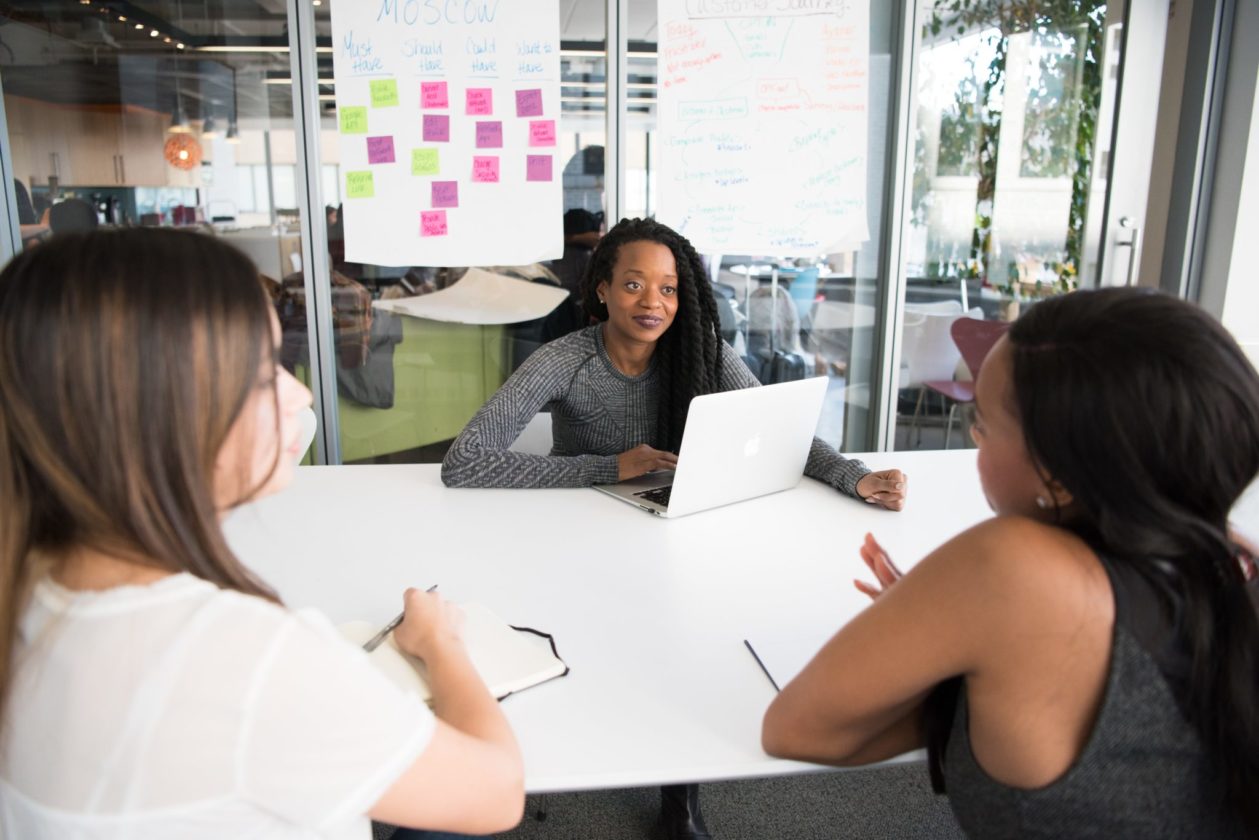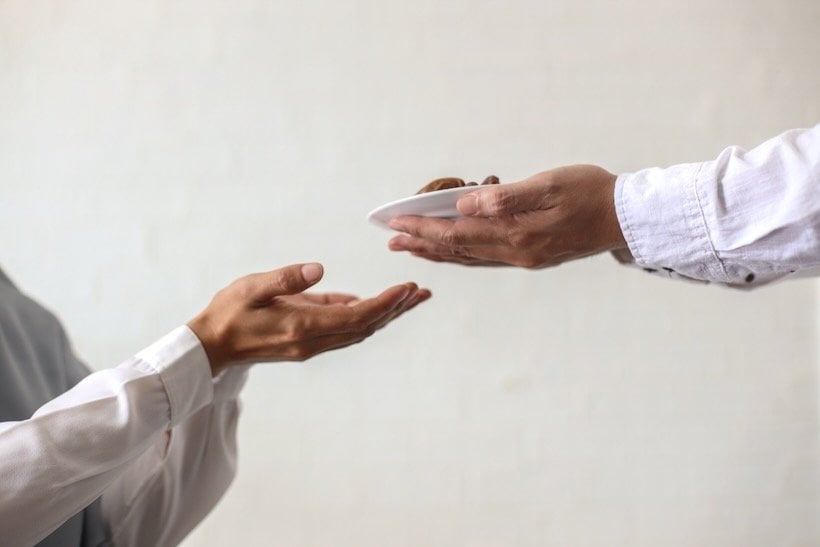Experts around the world are sounding the alarm on the pandemic’s disproportionate impact on women’s lives. As UN Women reports, “The impacts of crises are never gender-neutral, and COVID-19 is no exception.” Economically and beyond, we are beginning to see counter effects on progress toward gender equity. Recent data from McKinsey & Co. shows that women’s jobs are almost twice as vulnerable during this crisis than men’s jobs and account for 54 percent of overall job losses (despite making up 39 percent of global employment).
Of course, these issues aren’t new. In the years before the pandemic, we saw growing media attention on the importance of investing in women and girls—from their education to their health and future. Yet funding for these organizations has historically been challenging to quantify. At the Women’s Philanthropy Institute (WPI), we wanted to better understand whether this heightened awareness correlated with an increase in funding for women’s and girls’ causes.

Our Women & Girls Index determined—for the first time—the number of charities in the United States dedicated to women and girls and measured the amount of total charitable giving they receive. This year’s report offers the first look at how this philanthropic support has changed in recent years.
Using the most recent IRS data available, the Women & Girls Index shows that just 1.6 percent of total charitable giving in 2016 and 2017 went to organizations dedicated to women and girls. The landscape of charitable giving to women and girls of color is even more drastic. Around 0.6 percent of foundation giving—which represents a subset of overall giving in this country—was directed to women of color in 2016.
In a world where a fraction of charitable dollars goes to women and as we continue to grapple with gender equity post-pandemic, how can donors best support organizations and leaders that are pushing for gender progress? Bold gender-focused philanthropic initiatives may have the power to move the needle—including recent announcements like MacKenzie Scott’s $4.2 billion gift.

In the big picture, Scott’s gift is unique in many ways. Its scope, scale, transparency and impact all provide lessons for donors in the long-term. As explained in her Medium piece, Scott’s team spent significant time researching the nonprofits best suited to reach her goals and trusted these organizations by providing them with unsolicited, unrestricted gifts. The organizations ranged in size and form—covering both immediate, basic needs and tackling larger, systemic inequities.
Typically, even the largest charitable gifts tend to come from individuals to their foundations, which are then distributed more slowly over time. We rarely see this level of giving from an individual to many nonprofit organizations so quickly. Only the very largest foundations and a handful of individuals will give away anything near $4 billion in a single year, much less $6 billion in six months (Scott also gave away $1.7 billion last summer). There is a lot of discussion in philanthropy about the value of giving while living, giving money away quickly, not letting it sit in endowments—but this type of gifting is unprecedented in recent memory.
Among Scott’s 384 nonprofit recipients, a significant share (17.4 percent) are nonprofits that serve women and girls, according to WPI’s recent Women & Girls Index. By comparison, 3.4 percent of all U.S. nonprofits serve women and girls. Her gift will have a much-needed impact now and, in the long term, is the type of investment that has the potential to move the needle on giving to women’s and girls’ causes—especially if it has a ripple effect of inspiring others.
As donors and nonprofits react to the findings from this year’s Women & Girls Index and plan their impact for 2021 and beyond, below are a few ideas to kickstart your own giving to women’s and girls’ causes during the new year.
Prioritize Your Community
When it comes to driving impact, a good place to start is by looking up women’s foundations, funds or giving circles in your area. These organizations support grassroots nonprofits that prioritize women and girls in the community. By engaging with a women’s foundation, you can make one donation and contribute to multiple causes without having to vet several different organizations.
Support Women of Color-Led Organizations
Vanessa Daniel, the executive director of Groundswell, explained in a New York Times opinion piece that philanthropy has historically “benched” women of color who have a deep understanding of how to drive meaningful social change. To give in a way that is effective, timely and impactful, it’s critical to identify and support nonprofits led by women of color—ensuring that affected communities have a prominent voice in the creation of solutions.
Be Visible With Your Support
Giving begets giving—particularly to women’s and girls’ causes. Speak up and share your favorite resources and nonprofits, including local organizations. Research from WPI on social norms finds that when people believe that others are interested in giving to women’s and girls’ causes, they are more likely to give themselves.
To truly move the needle and increase that 1.6 percent of giving to women and girls, collective action is needed. MacKenzie Scott’s gift will be catalytic, but everyone can do their part to support women and girls in their community—whether through donations, volunteering or galvanizing your network to give. As Melinda Gates, the notable philanthropist and author of The Moment of Lift: How Empowering Women Changes the World, summarizes: “If you want to lift up humanity, empower women. It is the most comprehensive, pervasive, high-leverage investment you can make in human beings.”
Jeannie Sager is the director of the Women’s Philanthropy Institute at the Indiana University Lilly Family School of Philanthropy at IUPUI. She is a 25-year veteran of nonprofit leadership and development who most recently served at the Indiana University Health Foundation where she was a part of the leadership team.






